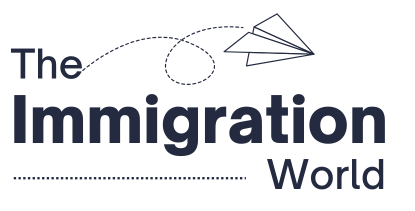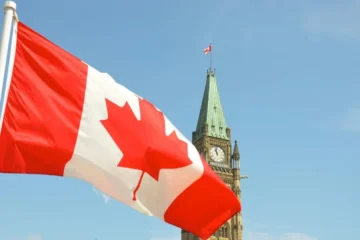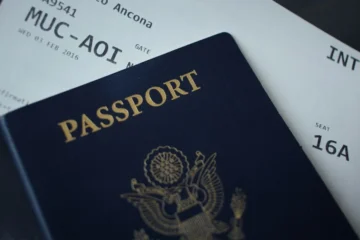Quebec has drawn a sharp line in the sand when it comes to family reunification—at least for now. As of mid-2025, the province has temporarily capped the number of new sponsorship applications for spouses, common-law partners, and adult children until June 25, 2026.
Key Takeaways
What Is Quebec’s New Family Sponsorship Cap?
This two-year suspension applies specifically to sponsorships under Quebec’s Family Reunification Program, a stream that’s separate from Canada’s federal system. It’s an unusual move, especially given how vital family reunification is to immigration policy, but Quebec insists it’s necessary for “better management.” More on that in a bit.
How Many Applications Will Be Accepted?
Let’s get into the numbers. Quebec’s cap allows a total of 13,000 applications over these two years. Here’s how it’s divided:
- 10,400 spots are for spouses, common-law partners, and children aged 18 and older.
- 2,600 applications are reserved for parents, grandparents, and other eligible family members.
This cap is not spread out monthly—it’s a cumulative limit. That means once the quota is filled (which, let’s be honest, won’t take long), any further applications in these categories will be sent right back—no waiting list, no rollover—just a hard stop.
Who Is Exempt From This Suspension?
Luckily, not everyone is stuck waiting until 2026. Quebec has built in a few exceptions to this rule. Applications for the following categories can still be submitted and will be processed as usual:
- Minor children under 18
- Orphaned relatives under 18
- Children being adopted
- Adult children with disabilities
- Dependent family members added to already-submitted files
So if your situation falls under any of these groups, this cap doesn’t apply to you—and yes, you can go ahead and apply without waiting for the next intake window.
Also Read: What Are the New Rules for the Québec Skilled Worker Program?
Why Is Quebec Limiting Family Reunification?
This is where things get a little political. Quebec’s government has framed the cap as a way to better control immigration levels, manage integration resources, and, most notably, relieve pressure on housing and public services.
With the province facing housing shortages—especially in urban areas like Montreal—the government argues that slowing family reunification will help stabilize demand. It also believes capping sponsorships will help prioritize economic immigration, which Quebec already handles through its own skilled worker and business programs.

Whether you agree or not, the bottom line is: Quebec wants to pace the growth of its immigrant population and is using the family reunification cap to do just that.
What Happens If You Apply After the Cap Is Reached?
Here’s where things get dicey. If you apply to a capped category after the 13,000 quota is reached, your file will be returned without processing. Even worse? You won’t get your money back.
That’s right—processing fees are non-refundable, even if your application doesn’t cut simply due to poor timing. It’s a high-stakes game, and the window is closing fast. For most people, that means sitting tight and waiting until mid-2026—unless, of course, you qualify under one of the exempt categories.
Can You Still Sponsor Family Outside of Quebec?
Good question—and yes, technically, you can. The cap only applies to sponsorships processed through Quebec’s immigration program. If you or your family member resides in or applies through another province, you may still be eligible under the federal family class sponsorship route.
Of course, this isn’t as simple as filing the paperwork somewhere else. To sponsor outside Quebec, both the sponsor and the applicant must be able to demonstrate residency or intention to reside in a different province. That could mean relocating, which is a significant life decision. But for those desperate to reunite sooner, it’s an option worth discussing with a licensed consultant or immigration lawyer.
How Should Applicants Prepare for 2026?
If you’re caught by the cap, now is the time to prepare for the next intake, not panic. Here’s what you should be doing between now and June 2026:
- Gather and update your documentation—birth certificates, marriage proof, financial records, etc.
- Monitor Quebec’s immigration website and sign up for alerts, if possible, so you don’t miss the reopening.
- Seek professional advice—a licensed RCIC or immigration lawyer can guide you through alternatives or help you explore federal options.
- If you’re considering relocating, start researching other provinces and what that might mean for your long-term plans.
The good news? This isn’t a permanent shutdown. But for now, it’s all about playing the long game and being ready the moment the door reopens.
Final Thoughts
Quebec’s decision to temporarily cap family sponsorships is a tough pill to swallow for many, especially those who’ve been waiting patiently to reunite with loved ones. While exemptions offer relief for some, most sponsors now face a hard deadline and a longer wait.
The best move? Be proactive. Prepare your documents. Consider other provincial options. And most importantly, stay informed. Immigration rules change fast—and when the 2026 gates finally open, those who are ready will move first.





